Know causes, symptoms, treatment of Leptospirosis after CM Bhagwant Mann diagnosed with it
Mon 30 Sep 2024, 00:03:25
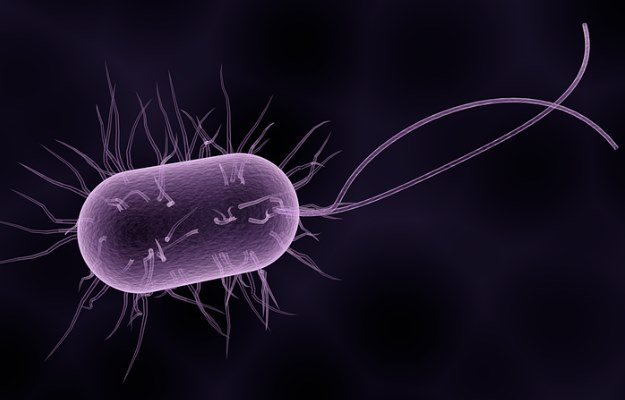
Punjab Chief Minister Bhagwant Mann has been diagnosed with leptospirosis, a bacterial contamination, after being admitted to Fortis Hospital in Mohali on Wednesday for a recurring check-up. Doctors stated his signs and symptoms are “pretty stable,” and he is taking suitable antibiotics. But what precisely is leptospirosis, and how is it caused? Here's a breakdown of the bacterial infection, its signs, symptoms, treatment and prevention:
What is Leptospirosis?
Leptospirosis is a bacterial infection caused by Leptospira, found in the feces of infected animals, especially pigs. Humans can become infected through direct contact with contaminated water, soil, or food. Diseases are common in tropical and subtropical regions, especially after heavy rains or floods when the virus thrives in warm, humid climates
Causes of Leptospirosis
Leptospirosis is generally spread to humans through water or soil contaminated with feces from infected animals. Common sources are rivers, lakes, and floodplains. Activities that may increase the risk of infection include swimming in contaminated water, farming, or transmission of the virus through tissue cuts, abscesses, or mucous membranes such as the eyes, nose, and mouth on poor hygiene surfaces and into the body.
Symptoms of Leptospirosis
Symptoms of leptospirosis can vary from mild to severe. In some cases, the infection can progress to serious conditions such as kidney or liver damage, dementia, and respiratory problems. Common symptoms include:
. Severe fever
. Muscle pain (especially in calves and lower back).
. headache
. and vomiting from the stomach
. Abdominal pain
. Red
eyes
eyes
. Burning of the skin
In severe cases, leptospirosis can lead to jaundice, organ failure, and even if not treated promptly.
Diagnosis of Leptospirosis
The diagnosis of leptospirosis requires a combination of clinical examination, patient history, and laboratory testing. Because the symptoms can be similar to those of other diseases, such as dengue or malaria, laboratory diagnosis is important. Common diagnostic tests for leptospirosis include:
. Blood test: To detect or confirm the presence of antibodies to Leptospira bacteria in the blood.
. Urine testing: checks for bacteria in urine.
. PCR (Polymerase Chain Reaction): A molecular test that can detect viral DNA.
. Microscopic Adhesion Test (MAT): A test that was considered the gold standard for the diagnosis of leptospirosis, but is more difficult and may not be available in all cases
Treatment and Prevention of Leptospirosis
Leptospirosis is treated with antibiotics such as doxycycline or penicillin, which are most effective in the early stages of the disease Severe cases may require hospitalization for supportive care, such as intravenous fluids, oxygen treatment, or dialysis if the kidneys are affected
To prevent leptospirosis, it is important to avoid contact with potentially contaminated water or soil, especially in areas with poor sanitation. The risk of exposure can be reduced by wearing protective clothing and boots when working in cold or flooded areas. Veterinary vaccines are also available to prevent the spread of the virus.
(This article is for general information. Please consult a medical professional for personalized advice before opting for any remedy).
No Comments For This Post, Be first to write a Comment.
Most viewed from Health
AIMIM News
Latest Urdu News
Most Viewed
May 26, 2020
Can Lionel Messi's visit boost Indian football?
Latest Videos View All
Like Us
Home
About Us
Advertise With Us
All Polls
Epaper Archives
Privacy Policy
Contact Us
Download Etemaad App
© 2025 Etemaad Daily News, All Rights Reserved.

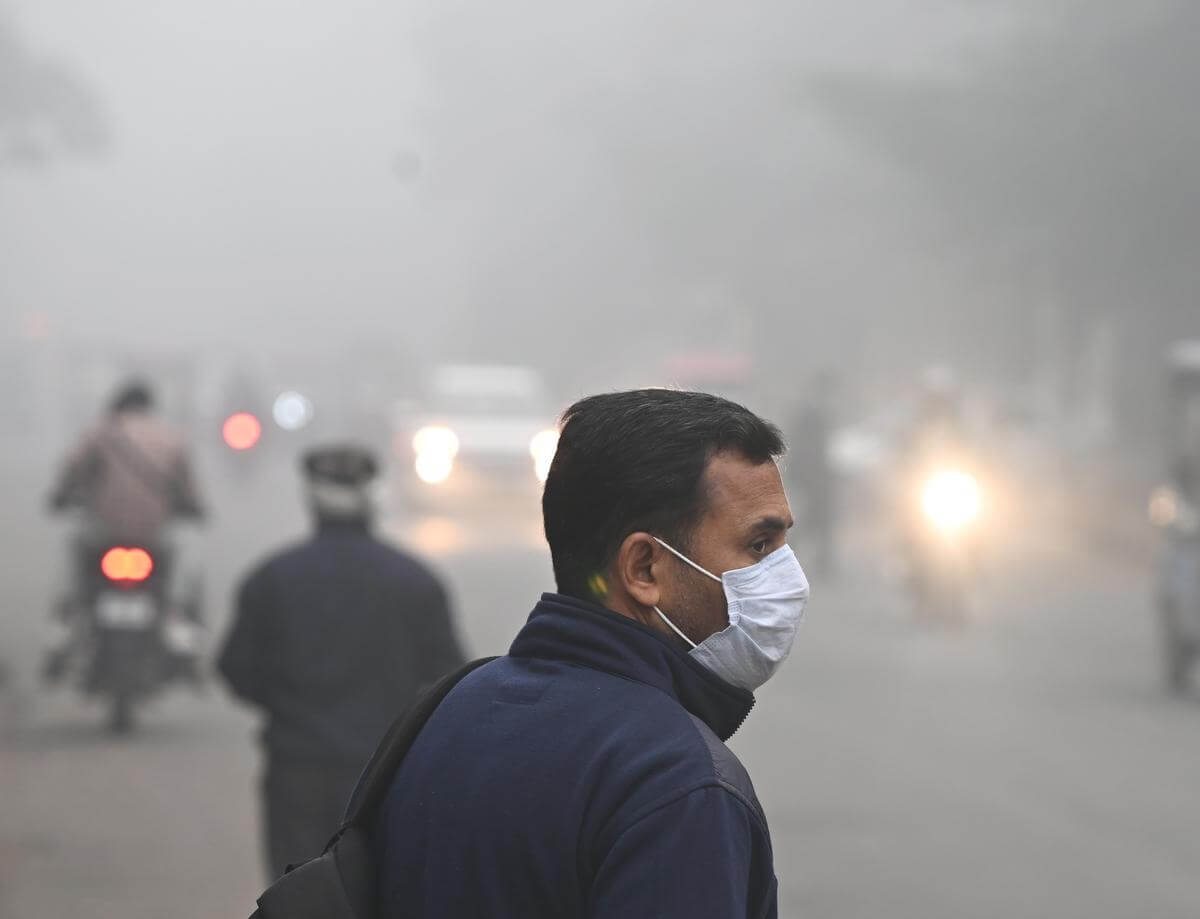




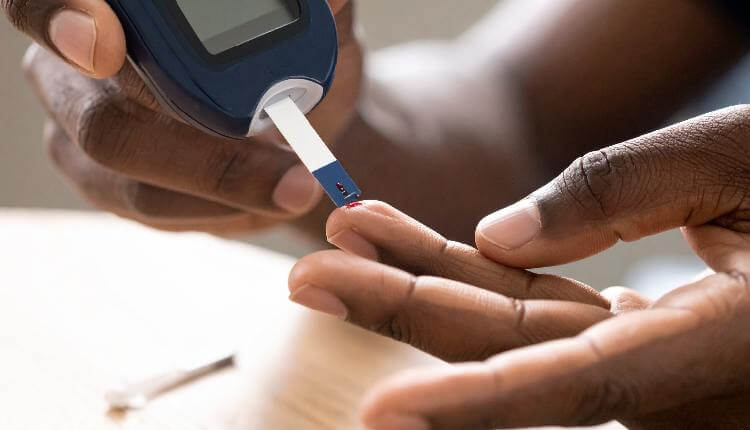
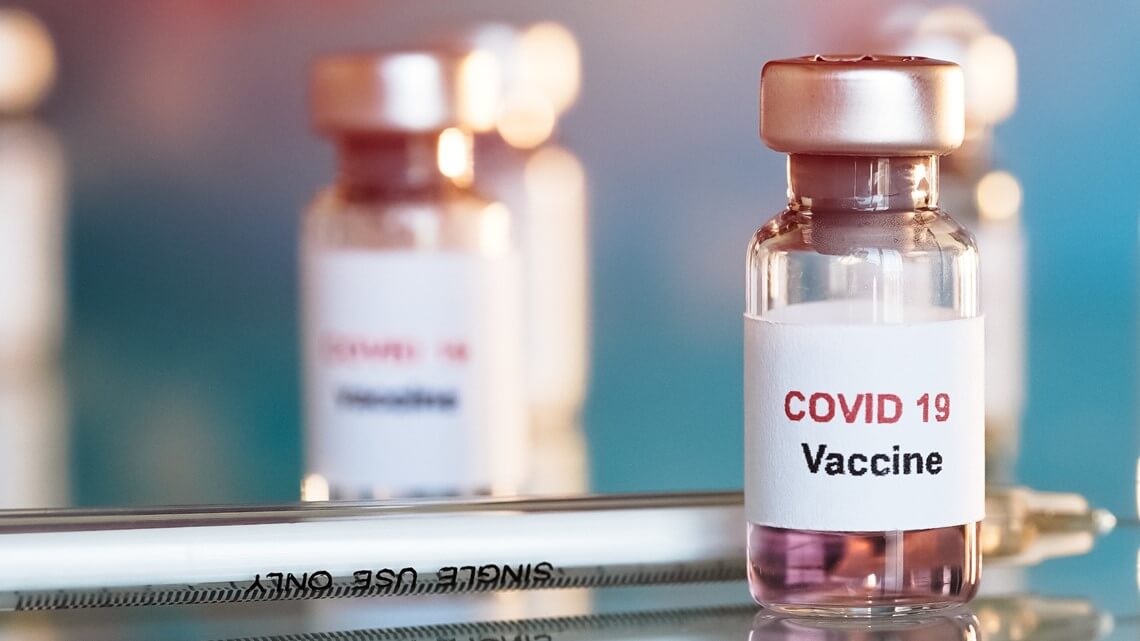



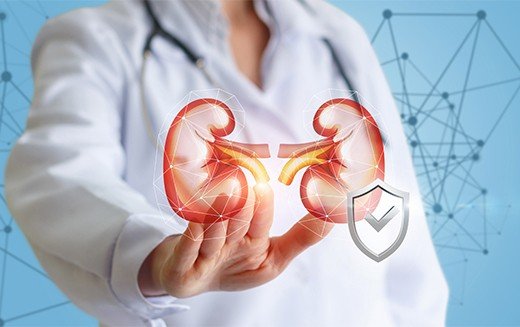
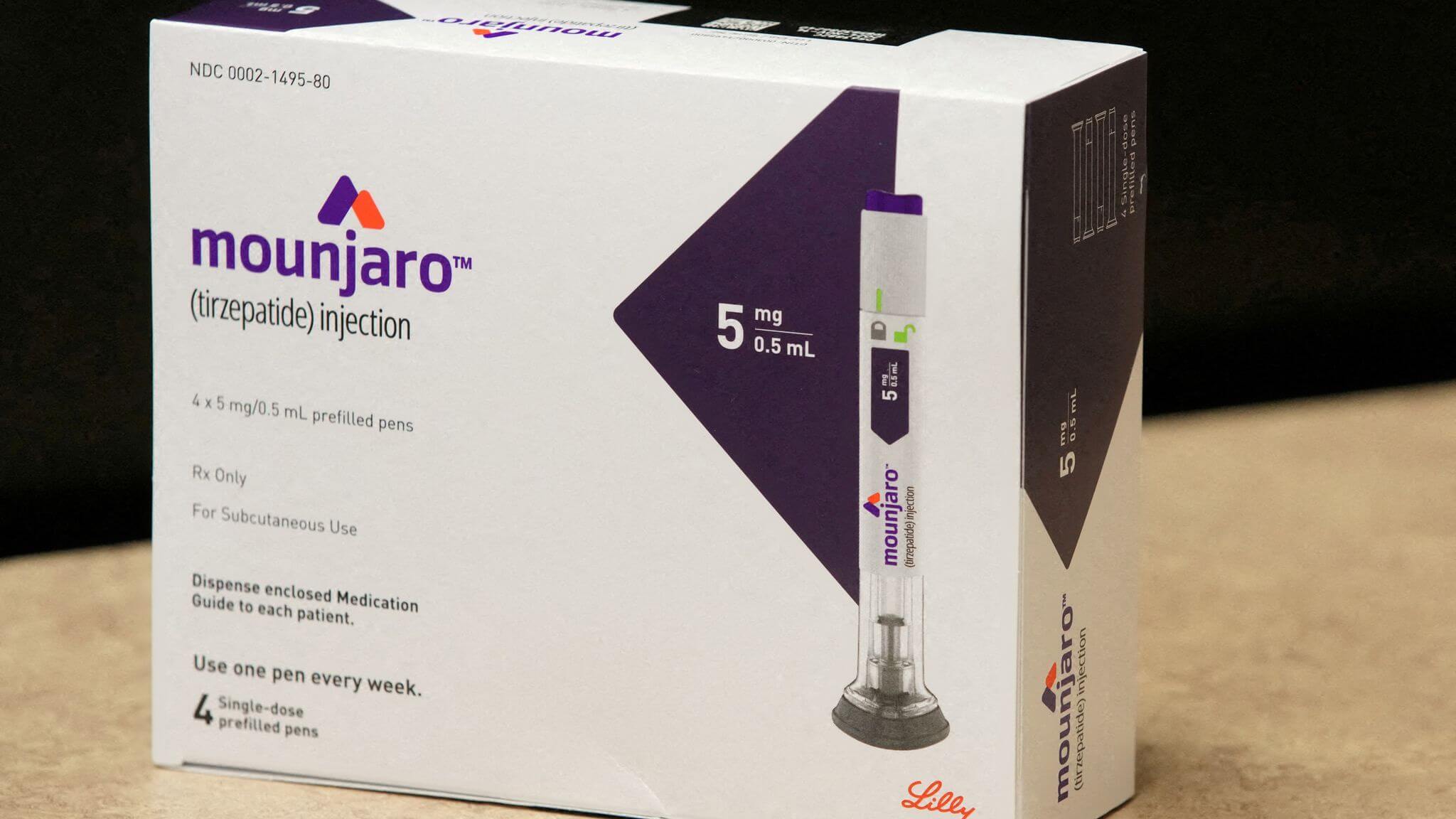












.jpg)
.jpg)
.jpg)


